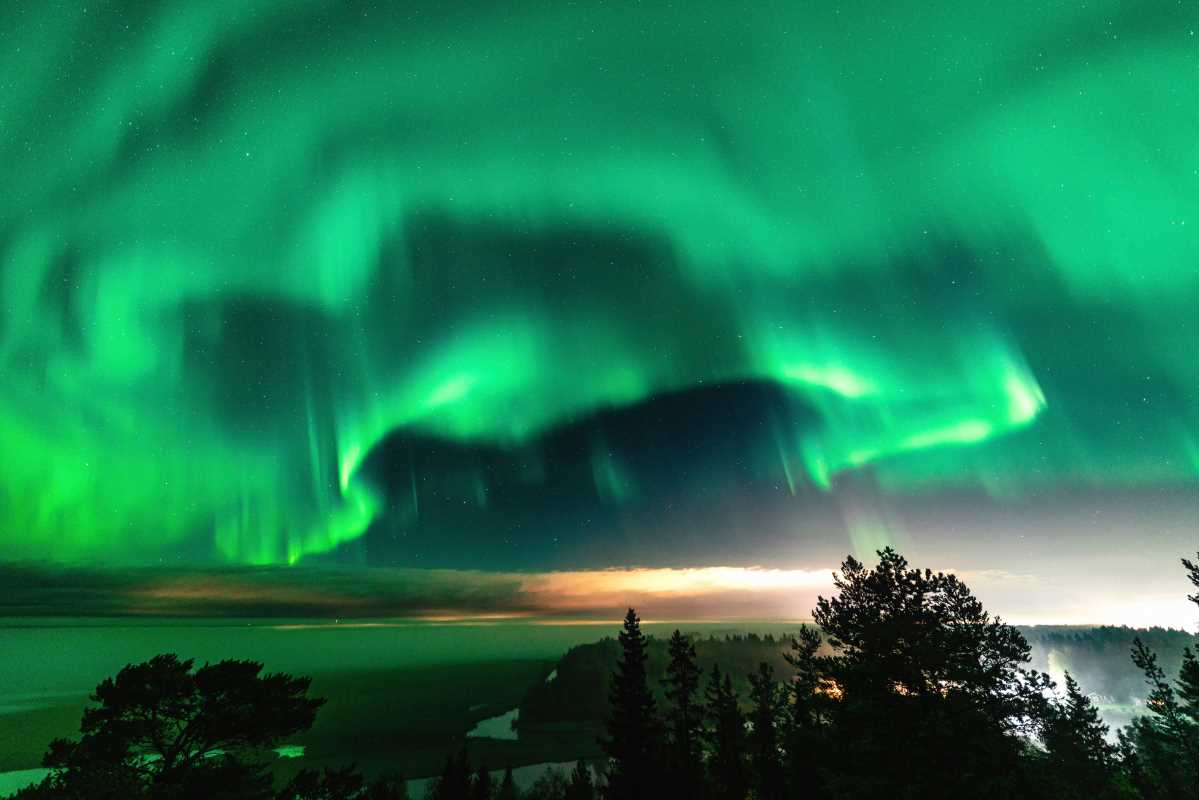As a beginner hiker, one of the most important decisions you’ll make is choosing the right trail. The idea of tackling an epic mountain might sound exciting, but it's essential to start with something manageable that will build your confidence. Look for trails that are well-marked, relatively short (under 5 miles), and have a gentle incline. These types of trails will allow you to get a feel for the experience without feeling overwhelmed or exhausted.
Before you hit the trail, do your research. Look up trail reviews, check out maps, and find out the level of difficulty. Consider the terrain—are there steep ascents, rocky paths, or rivers to cross? Make sure the hike aligns with your fitness level and remember that it’s better to start easy and work your way up.
And hey, just because it’s a beginner trail doesn’t mean it can’t be beautiful! From lush forests to scenic vistas, there are plenty of moderate trails that will still offer breathtaking views without making you want to collapse after a mile.
Gear Up Properly
Now that you’ve got your trail picked out, it’s time to gear up for your adventure. Proper hiking gear isn’t just about looking the part—it’s about keeping you comfortable, safe, and supported throughout the journey.
Start with a good pair of hiking boots that fit well and provide ankle support. Your feet will thank you when you're several miles in, and proper footwear can prevent blisters, sprained ankles, and discomfort. Also, make sure to wear moisture-wicking clothing that will keep sweat off your skin and help regulate your body temperature. Avoid cotton, as it absorbs moisture and can lead to chafing and discomfort.
A comfortable backpack is another essential. It doesn’t need to be huge — just enough room for the essentials: water, snacks, a map, a first aid kit, and extra layers. Make sure it fits well and doesn’t bounce around as you walk. You'll also want to include some basic tools like a compass or whistle for safety. If you're venturing into more remote areas, it might be a good idea to bring a lightweight emergency shelter or space blanket, just in case.
Stay Hydrated and Snack Smart
Hiking, especially for beginners, can quickly dehydrate you, even on cooler days, so staying hydrated is a must. Carry enough water for the entire hike, or ensure that there are reliable water sources along the way if you plan to refill. A hydration bladder with a hose can make drinking easier while you're on the move, so you don’t have to keep stopping and rummaging for a water bottle.
Along with hydration, keeping your energy up is key. Pack high-energy, easy-to-carry snacks like nuts, trail mix, dried fruit, and energy bars. These options are nutrient-dense, provide sustained energy, and are lightweight enough to not weigh you down. Avoid sugary snacks that cause spikes and crashes in energy and remember to eat regularly. Your body burns a lot of calories while hiking, and the right fuel will make all the difference in keeping you feeling strong throughout the hike.
Mind the Weather
Weather can be unpredictable, especially in the mountains or wilderness, so it’s important to stay prepared. Before you head out, always check the forecast. If there's a chance of rain, bring a lightweight, waterproof jacket that can be easily packed away when it’s not needed. Dressing in layers is also crucial. In the morning, temperatures might be chilly, but by midday, it could heat up, so layering allows you to adjust as the day goes on.
A hat and sunscreen are essential, even on cloudy days. UV rays can still penetrate through the clouds, and protecting your skin will prevent sunburns that could make your hike miserable. If the weather takes an unexpected turn — such as rain, snow, or extreme heat — be ready to find shelter and stay safe until conditions improve. Keep an eye on any storm clouds and always have a plan for shelter if needed.
Hike with a Buddy
Hiking with a buddy is not only more fun but also safer, especially for beginners. Having someone by your side means you can support each other, share the load, and make the hike more enjoyable with conversation and camaraderie. Plus, if something goes wrong, you’ll have a partner to help.
If you don’t have someone in mind, look for group hikes in your area. Many hiking clubs and outdoor organizations offer group hikes that are perfect for beginners. Group hikes are a great way to meet new people, get advice from more experienced hikers, and learn about the trail from a local guide. Hiking with others means you’re less likely to get lost and can share tips and techniques.
Leave No Trace
One of the most important principles to follow while hiking is the Leave No Trace philosophy. This means minimizing your impact on the environment and leaving nature as you found it. Stick to designated trails to avoid damaging delicate ecosystems. Don’t pick flowers, disturb wildlife, or carve your name into trees (seriously, don’t do it).
When it comes to trash, make sure to pack out everything you bring in — this includes food wrappers, tissues, and even small things like cigarette butts. Remember, the beauty of nature is meant to be preserved for others to enjoy, so be respectful and responsible. Carry a trash bag with you and don’t leave anything behind.
Build Your Skills Gradually
As a beginner, it’s tempting to jump right into a challenging hike. But the best way to get better and feel confident is to start small and gradually increase the difficulty level. Begin with shorter, easier trails, and as your fitness improves and your skills grow, you can tackle more challenging hikes.
As you gain experience, you’ll learn more about your own body’s limits and how to handle different types of terrain. And don’t forget to practice basic skills, such as reading a map and compass or navigating with a GPS. The more you learn, the more confident you’ll feel on the trail.
Embarking on your first hiking adventure is an exciting way to connect with nature and push yourself physically, and with the right preparation, you’ll make it a safe and enjoyable experience. By choosing the right trail, gearing up properly, and taking the time to learn and improve gradually, you’ll become a seasoned hiker in no time.







